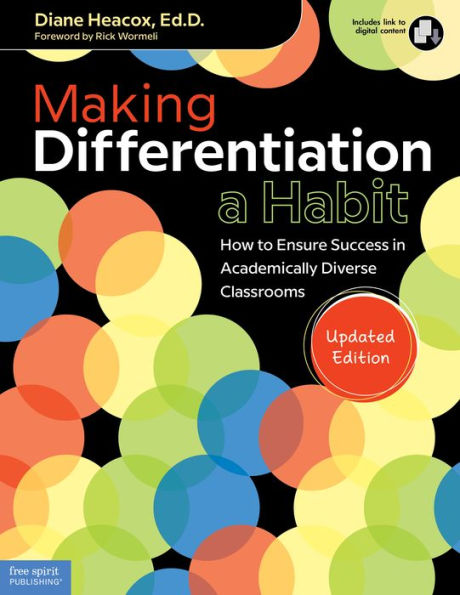Table of Contents
LIST OF REPRODUCIBLE PAGES LIST OF FIGURES
FOREWORD
INTRODUCTION
Critical Elements for Success in a Differentiated Classroom
About This Book
How to Use This Book
Chapter 1: Identifying Your Learning Goals
Differentiation and Content Standards
Know Your KUDo’s
Thinking Through the When and How of Differentiation
Chapter 2: Examining Your Professional Practices
Know Yourself as a Teacher
Know Your Students
Chapter 3: Applying Practical and Doable Assessment Strategies
The Role of Preassessment in Differentiation
Formative Assessment
Summative Assessment
Should I Differentiate Assessments?
Assessment Modifications for Special Needs Students
Differentiated Grading on Differentiated Assessments
Chapter 4: Using a Differentiated Learning Plan
The Nine Phases of Using the Differentiated Learning Plan
When and How to Differentiate Using a DLP
Chapter 5: Motivating Learning Through Choice Opportunities
Offering Choices in Content, Process, and Products
Formats for Choice Opportunities
Using Choice Opportunities with Primary Students
Shopping for Ideas for Choice Opportunities
Chapter 6: Prescribing Tiered Assignments and Using Flexible Grouping
Tiered Assignments
Grouping in a Variety of Ways for a Variety of Purposes
Chapter 7: Maintaining Flexibility in Planning and Teaching
Flexibility in Lesson Routines
Flexibility in Delivering Differentiated Activities
Chapter 8: Developing Student Responsibility and Independence
Your Management Profile
Routines to Make Everyday Events Go Smoothly
Chapter 9: Using Ethical Grading Practices
What Is Fair?
The Purposes and Problems of Grading
Grading in the Differentiated Classroom
Grading Is Personal
Chapter 10: Differentiating for Gifted and Talented Learners
How Is Differentiation Different for the Gifted?
Strategies for Differentiating for Gifted and Talented Learners
Differentiation for Gifted Learners Is Different
Chapter 11: Using Differentiation Strategies in Response to Intervention
The Fundamental Beliefs of RTI
A Three-Tier Model
A Problem-Solving Process
Universal Design for Learning
The RTI–DI Link
How to Use This Book for RTI
Chapter 12: Providing Leadership for Differentiated Classrooms
Teacher Leaders
Developing a School-Based Action Plan for Differentiation
Reflecting on Teaching Practices
Strategies for Keeping
Differentiation at the Forefront
CONCLUSION
REFERENCES AND RESOURCES
INDEX
ABOUT THE AUTHOR



